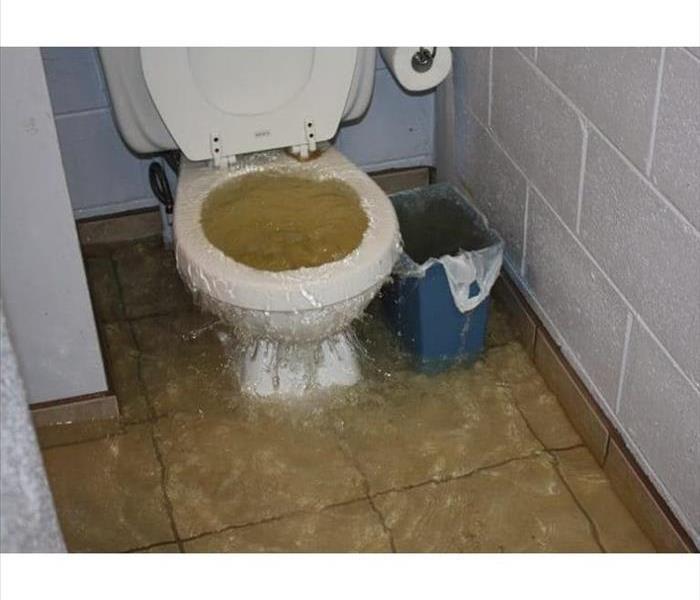Categories of Water Damage
8/18/2020 (Permalink)
Water damage restoration is often prefaced by a loss assessment and evaluation of affected materials. The damaged area is inspected with water sensing equipment such as probes and other infrared tools in order to determine the source of the damage and possible extent of areas affected.
In addition to identifying the classes of water loss, it is also important to identify the state of the water effecting the damaged materials. Simply put, how clean or dirty is it? There are three categories of water damage:
Category 1: Sanitary Liquids
These liquids are from sanitary sources such as faucets and toilet tanks, but they can quickly degrade into category two liquids.
Category 2: Grey Water
These liquids come from sources such as dishwashers, washing machines, sink drains, and toilet overflow (urine only), and contain contaminants that may cause illness or discomfort if ingested.
Category 3: Black Water
These grossly unsanitary liquids include sewage backup, feces contaminated toilet overflow, flooding from rivers or streams, and bacteria laden stagnant liquid, and can cause severe illness or death if ingested.





 24/7 Emergency Service
24/7 Emergency Service
